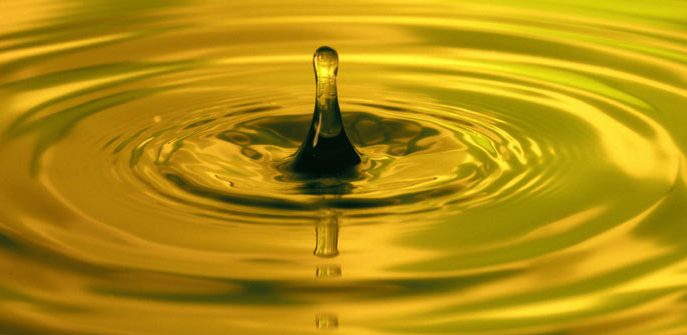During Nor-Shipping 2019, DNV GL informed that it will update its shaft alignment design rules to differentiate between Environmentally Acceptable Lubricants (EALs) and mineral oils in stern tubes. The update, will apply from 1 July 2019, and is based on the phase 1 findings from the joint development project (JDP) DNV GL has been operating along with the Swedish Club, Norwegian Hull Club, Gard and Skuld.
The collaboration between the parties aims to test the possible influence of EALs on failures in stern tube bearings.
[smlsubform prepend=”GET THE SAFETY4SEA IN YOUR INBOX!” showname=false emailtxt=”” emailholder=”Enter your email address” showsubmit=true submittxt=”Submit” jsthanks=false thankyou=”Thank you for subscribing to our mailing list”]
The JDP was launched because of an increase in stern tube bearing failures that came at the same time with the increased uptake of EALs after the introduction of regulations requiring their use in commercial vessels trading in US waters in late 2013.
In the first phase, the JDP focused on mapping out differences in the load carrying capacity between EALs and mineral oils. Commenting on the JDP, Øystein Åsheim Alnes, principal engineer at DNV GL, stated:
Test results have proven that, in particular, the pressure- and temperature viscosity properties of EALs are different to those of an equal grade mineral oil. The findings show that while EALs provide safety margins that are equal to mineral oils in most operating modes, there are transient conditions where the EALs can have a reduced load carrying capacity
Due to the results from the JDP, DNV GL has added a viscosity influence parameter to the current lubrication rule criteria for the aft most propeller shaft bearings.
Now, the JDP is advancing to the next stage, where oil film forming capabilities, mixed/boundary lubrication behaviour and lubricant degradation will be further analyzed.
In summary, the EAL study concluded to the following:
- Test results shows that for operating conditions with high oil film pressures and/or low temperatures, EALs will result in a reduced safety margin compared to a similar grade mineral oil;
- From a design perspective, viscosity is the key parameter for the stern tube lubricant. DNV GL is from July 2019 differentiating between EALs and mineral oils in the oil film lubrication acceptance criteria;
- Limiting the peak oil film pressure in the aft stern tube bearing during transient operation remains a key recommendation through optimizing the load carrying area of the bearing and ensuring accurate manufacturing/ installation.
In order to further advance the EAL study, DNV GL informed that:
- For vessels in operation DNV GL recommends to switch to the next grade higher viscosity if converting from mineral oil to EAL;
- When more research data becomes available, DNV GL will search for improved ways to handle the differentiation between mineral oil and EAL;
- The EAL study is still ongoing. While phase 1 and phase 2 are focusing on design issues (non-degraded lubricants), there are several operational challenges to EALs in stern tubes that DNV GL are also working on.






























































